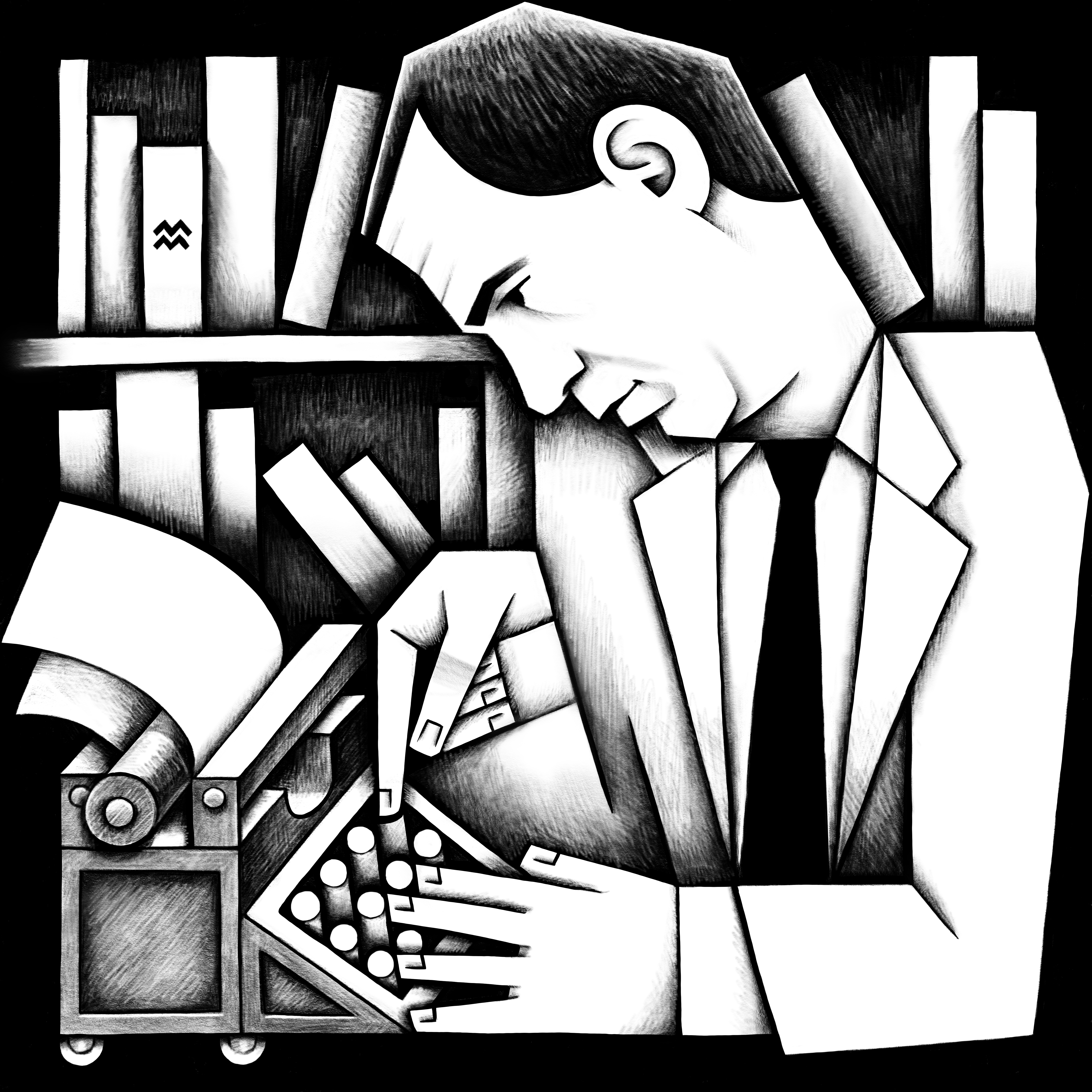
Acrostics
Acrostics are texts in which certain letters and their positions spell a hidden message. Usually the first letters of every line spell a message when read vertically; typically this message was the name of the person the poem was addressed to.
The hidden text is called an "intext".
Lewis Carroll was fond of this form's ludic aspect and invented variations in which more than one secret message was encoded into the poem, in which the hidden messages are hard to find.
A Telestich is an Acrostic in the last letter of lines, and a Mesostich an Acrostic in the middle of words or lines, not necessarily the exact middle. John Cage wrote lots of mesostics, though these poems are not as constrained as true Acrostics, since Cage did not stipulate a letter position. The Diastic is a form used by Jackson Mac Low in which a word is encoded in a line of poetry with its first letter as the first letter of the first word, its second letter as the second letter of the second word, etc.
A Subliminal Sentence is a prose acrostic in which a message is encoded, letter-by-letter, into the first letter of every word, generally with each encoded word corresponding to a sentence of the poem. You could also write a subliminal sentence as a telestich (which is more difficult), or make it undecodable by not fixing the letter position, such that the letters forming the hidden text could appear in any position in their respective words. A Subliminaletter Poem is a technique in which a message is encoded into a poem at the rate of one letter per line or sentence by making each line or sentence of the poem a Transgram on the hidden letter. One could also encode a message into a poem at the rate of one letter per word by making each word of the poem have only one (repeated) consonant or vowel (Univocalic).
The illogical extension of the acrostic form is perhaps the crossword puzzle, the purest form perhaps the Word Square.
Howard Bergerson proposed the Automynorcagram, a recursive subliminal sentence that encodes itself, but I find this form frustrating, because it is a lost opportunity to encode a secret message, and because closure is impossible, as you will see if you try it.
Source
Dick Higgins (Pattern Poetry 1987 p. 171). Higgins dates the form to the 3rd Century BC in Greece.
Examples
The Automynorcagrammatical Raven by Howard Bergerson
It's a Sonnet (Not Sestina) by Mike Keith, finds a Mesostich/Mesostic in Shakespeare's 115th sonnet
Works that use this form
- Aposkank
- Class Debate
- Left
- Missed the Bus to Work Again
- New Order Poem
- Newspoem 1 January 1998: Stockpile Stewardship
- Newspoem 21 June 1999: NRA Used 'Every Weapon' To Kill Gun Bill-Clinton
- Newspoem 4 May 1999: Variations on the New York Times
- Separation of Degrees
- Seriously Kissing
- Structure
- Student Talks to Janitor
- Tenet Opera
- Vanilla Vagina Utopia
- [Subliminal Sentence]
forms are free
> Table of Forms Book
> Table of Forms Table > All Forms
> > > www.webworkwriting.com